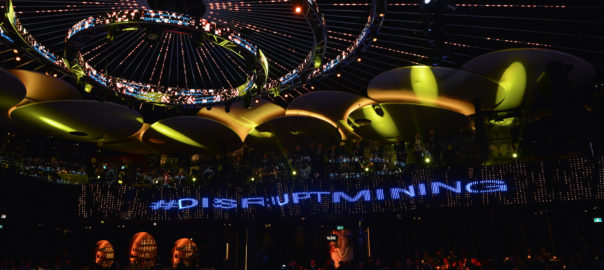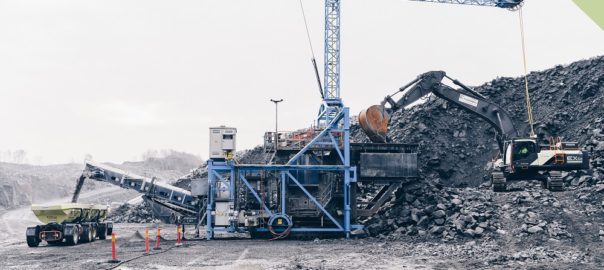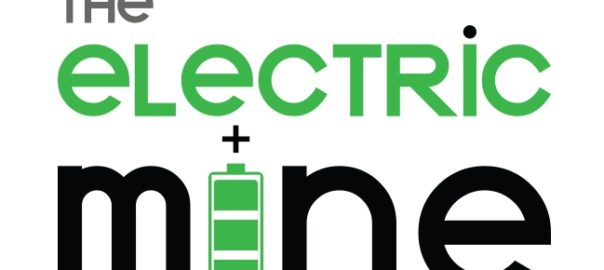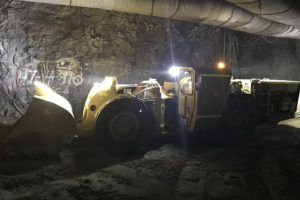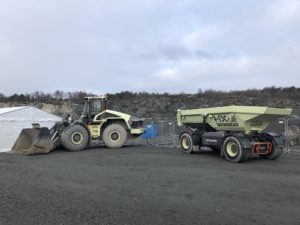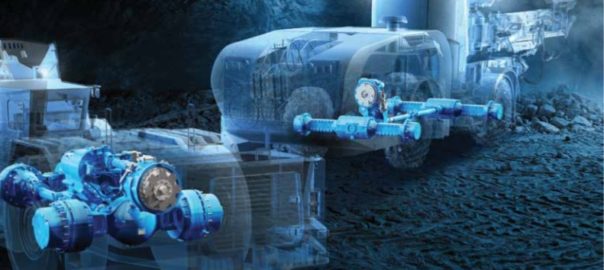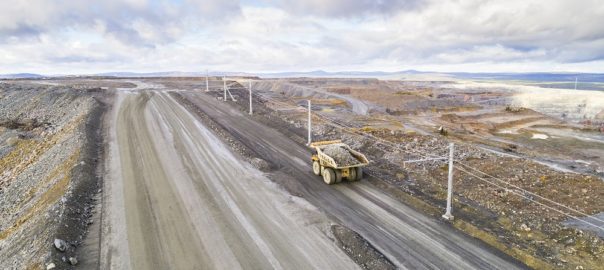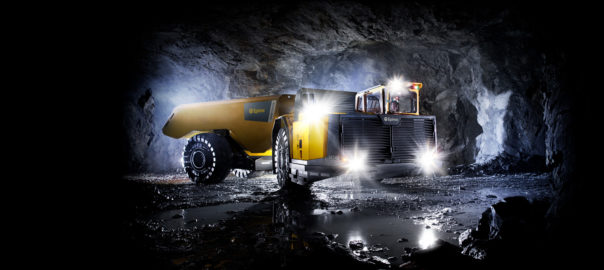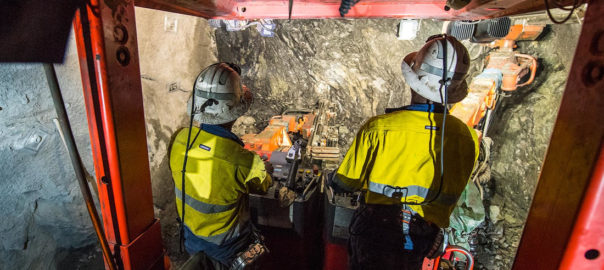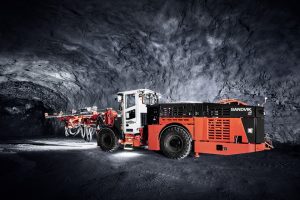California-based Artisan Vehicles has confirmed a statement from Sandvik that it is to be taken over by the Finland-based company and has now explained why it feels the partnership will set a new course for the mining industry.
“In Artisan’s main conference room, there is a simple, but powerful message displayed prominently in the centre of the main presentation wall. Cut through a half inch thick aluminium plate are the words “Our Mission: To Make Vehicles That Change The World”, Artisan said.
“When we started in 2010, we were focused on commercial trucks. But in that same year, Artisan was approached by an innovative mining company that needed help with a big business problem. That problem was getting to a deeper and very rich orebody using an existing underground mine site. Their plan was to access this orebody without spending the huge sums spent by everyone else (more than $100 million) in customary ventilation infrastructure.
“Our solution was to eliminate diesel fumes with zero emission battery-powered loaders and haul trucks.”
Mike Kasaba, Artisan CEO, reflected: “The business case was so compelling that I quickly realised that this was the way for Artisan to achieve its mission.
“Not only did this mean a cleaner environment for underground workers, but also lower costs and a better return on investment for our customers. It was truly a rare opportunity to transform an industry with a cleaner, more powerful alternative to diesel while also saving money by lowering overall costs.”
Fast forward eight years, Artisan has installed its technology in underground mining vehicles that are now deployed in several countries around the world. Some fleets have been in operation for more than five years, making Artisan the most experienced mining OEM using battery-electric technology, Artisan said.
“Now Artisan is taking a giant leap forward in its mission to change the world.”
Kasaba said: “In picking a partner, our criteria is simple.
“We want a partner that has set the standard of today so that together we can set the standard for tomorrow. I am absolutely certain that we have selected the right partner.”
Brian Huff, Artisan’s Chief Technology Officer, added: “With our technology and Sandvik’s experience and worldwide reach, I know we are going to change the world. Sandvik’s expertise in machine design, coupled with our expertise in electric powertrains and battery technology, will set a new course for the global mining industry.”
Artisan calls itself an original equipment manufacturer of zero-emission, battery-powered mining vehicles.
“Artisan’s underground mining loaders and haul trucks are designed from the ground up to include the best thinking in vehicle engineering and to maximise the performance of its high-powered, highly-reliable, field-proven battery-electric powertrains.”







